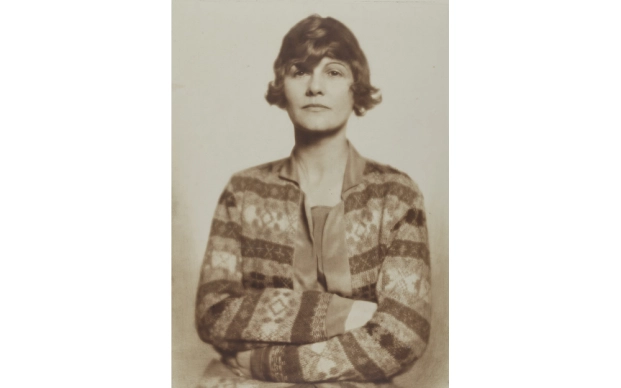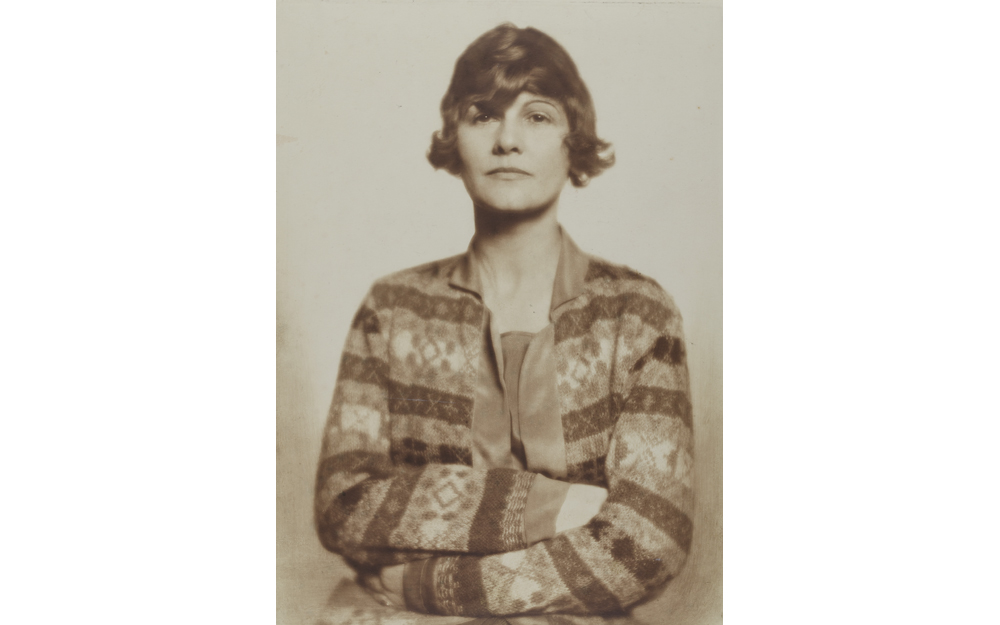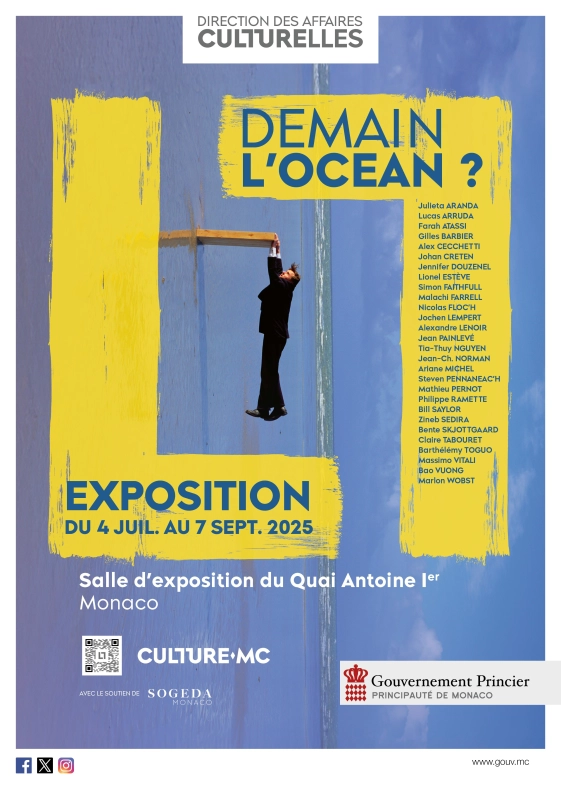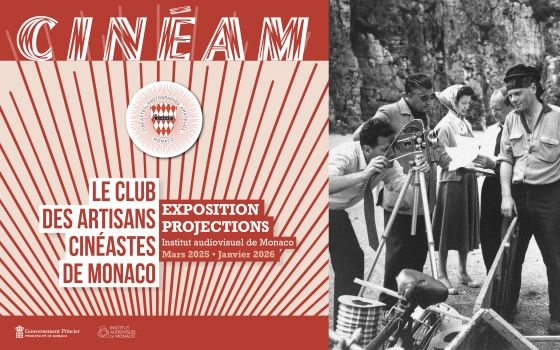

Les Années folles de Coco Chanel
At the Villa Paloma this summer, "Les Années folles de Coco Chanel" explores the abundant creative output of Gabrielle Chanel in the special context of the Côte d’Azur of the 1920s.


Introduction
Drawing on a selection of iconic textile creations and works of art from this decade, the exhibition pays tribute to the resolutely visionary nature of Chanel’s approach to the invention of the "new woman": modern, free and independent.
Bringing together more than two hundred objects, the show offers an unprecedented dialogue between thirty Gabrielle Chanel models and accessories and 40 works by modern artists, including Kees Van Dongen, Pablo Picasso, Marie Laurencin, Natalia Gontcharova, Sonia Delaunay, Jean Cocteau, Mikhail Larionov, and Alexandra Exter, as well as photography by Man Ray, Dora Kallmus, Edward Steichen and Roger Schall.
In addition to this rich interaction between fashion and visual arts, artist Chloé Royer (born in 1989) presents Of Limbs and Other Things, a corpus of fifteen sculptures that explores metamorphosis in the female body.
The "Les Années folles de Coco Chanel" exhibition focuses on three main themes: outdoor living and the rise of seaside recreational activities; the Russian ballet and influence of Slavic cultures; and the invention of the "Riviera" style.
At the end of WWI, Gabrielle Chanel laid the foundations of her future empire at the most prestigious coastal resorts. In 1912, the first "Gabrielle Chanel" boutique opened to the public in Deauville, selling "sportswear" for women made of jersey, revolutionising fashion and liberating the female body. It was an immediate hit. In 1914, Chanel opened a shop selling "coats, furs, knitwear, blouses, petticoats, lace, lingerie umbrellas, bags and fans" in the luxurious Hermitage hotel in Monte Carlo. In 1915, her first fashion house opened in Biarritz with 60 workers.
At these three vacation hotspots, Chanel offered worldly women a wardrobe suitable for outdoor activities in response to the rise of sports like golf, tennis and swimming. The Principality of Monaco played a pioneering role in the development of women’s sports and organised the first Women’s Olympiad between 1921 and 1923. The following year, as part of the 1924 Paris Olympic Games, Jean Cocteau invited Gabrielle Chanel to design the costumes for his ballet, "Le Train bleu". The 1920s were a period of transdisciplinarity and artistic friendships with Serge Diaghilev, Igor Stravinsky and artists involved with the Russian ballet, which was based in Monte Carlo.
Coco Chanel, who resided regularly in Monaco, gradually settled on the Côte d’Azur. 1921 marked the birth of Chanel perfumes, with the creation in Grasse of the famous Chanel No.5, the bottle of which became an icon of the Roaring Twenties. In 1923, Chanel opened a boutique in Cannes, and in 1928, she chose Roquebrune-Cap-Martin to build the La Pausa Villa, designed as a haven of peace a few kilometres from Monaco. In photographs taken in La Pausa, Chanel presents an image of freedom and the embodiment of Riviera style.
Dressed in a sailor-striped top and trousers, sporting short hair, her only adornment is one of her famous pearl necklaces.
After the international success of the little black dress in 1926 as Chanel’s "Ford" by Vogue magazine, the designer went on to create sumptuous pieces for a clientele in search of originality.
The last room of the exhibition displays a collection of dresses with fringes and sequins, tulle ruffles and wide silk fans, designed to shine at fashionable evening events and a testament to the Roaring Twenties, when creativity had no bounds.
Informations
Around the event

Exhibition - The Butterfly Effect: The Prehistory of Animals

Exhibition - Méditerranée 2050

Exhibition – Tomorrow the Ocean?
Similar events

Exhibition - "Polar Mission"

Exhibition - The Butterfly Effect: The Prehistory of Animals
